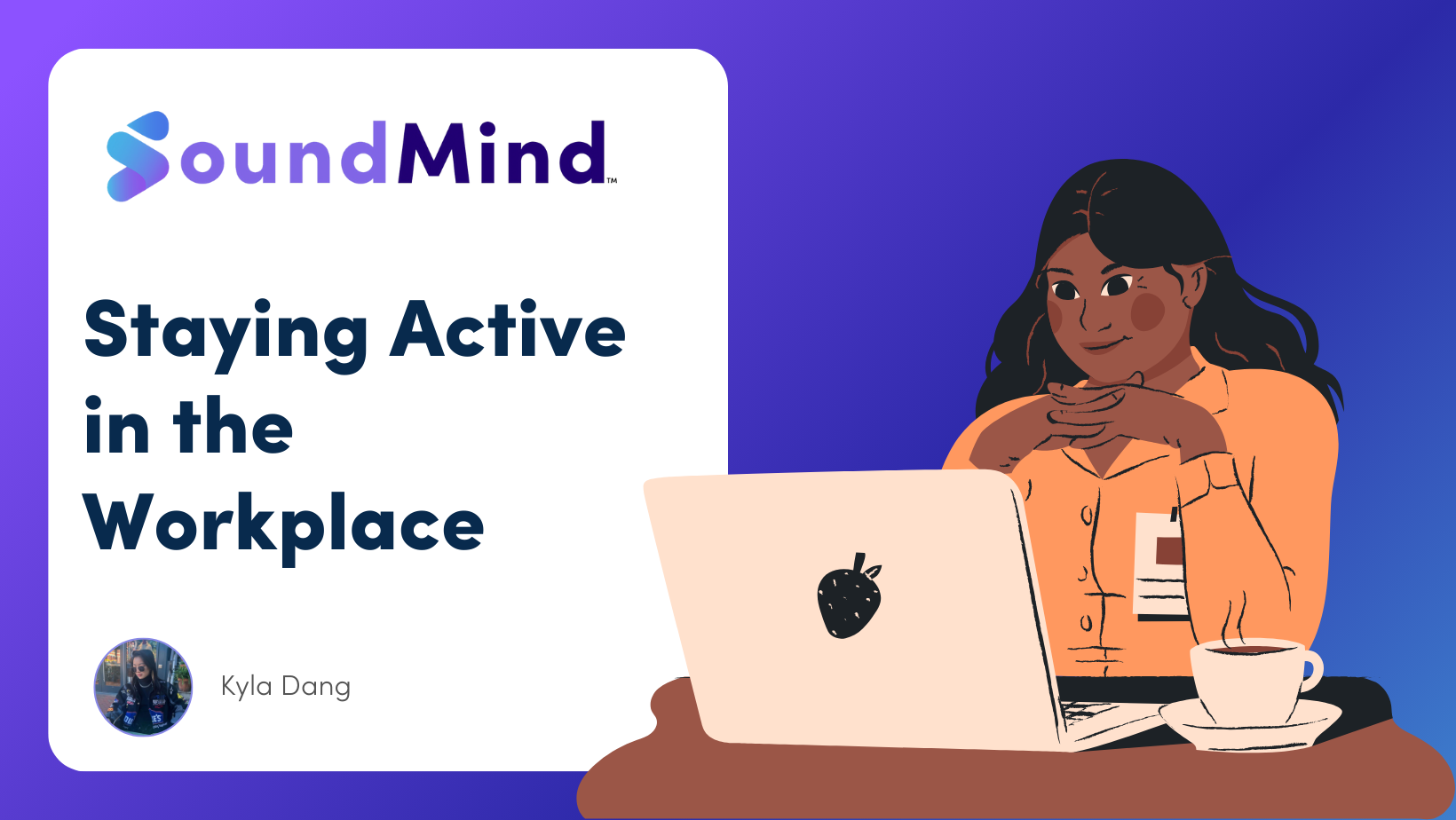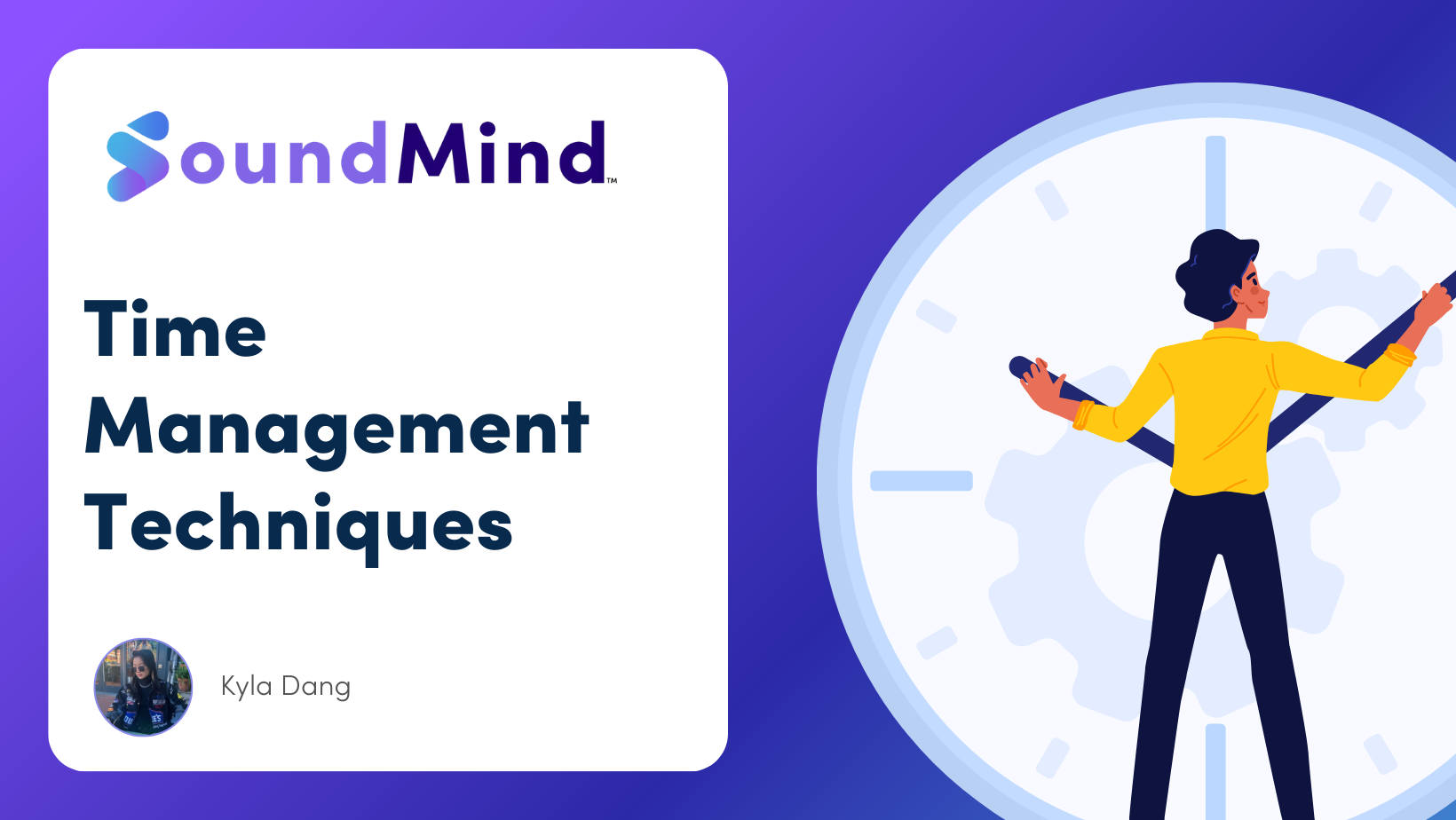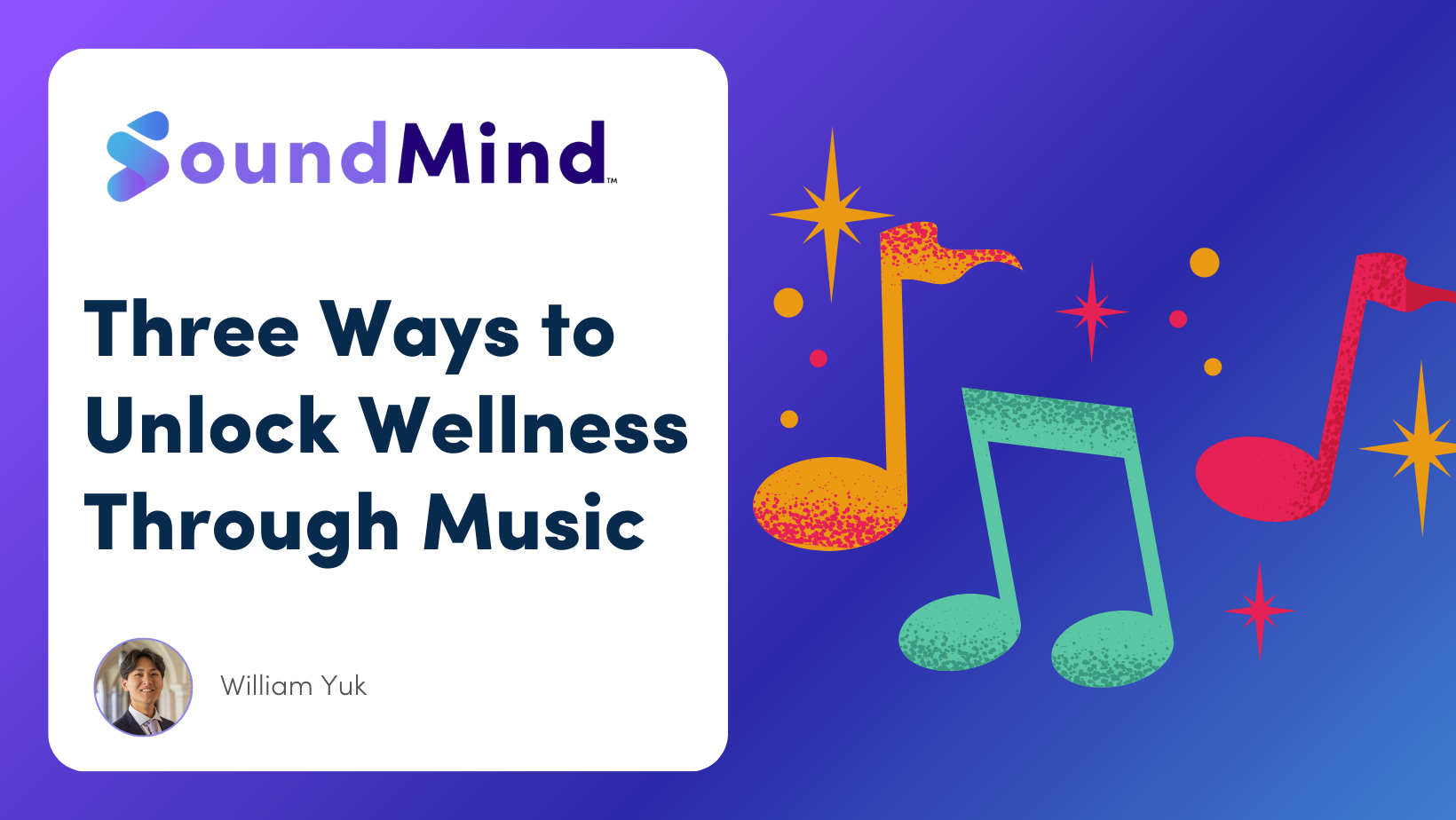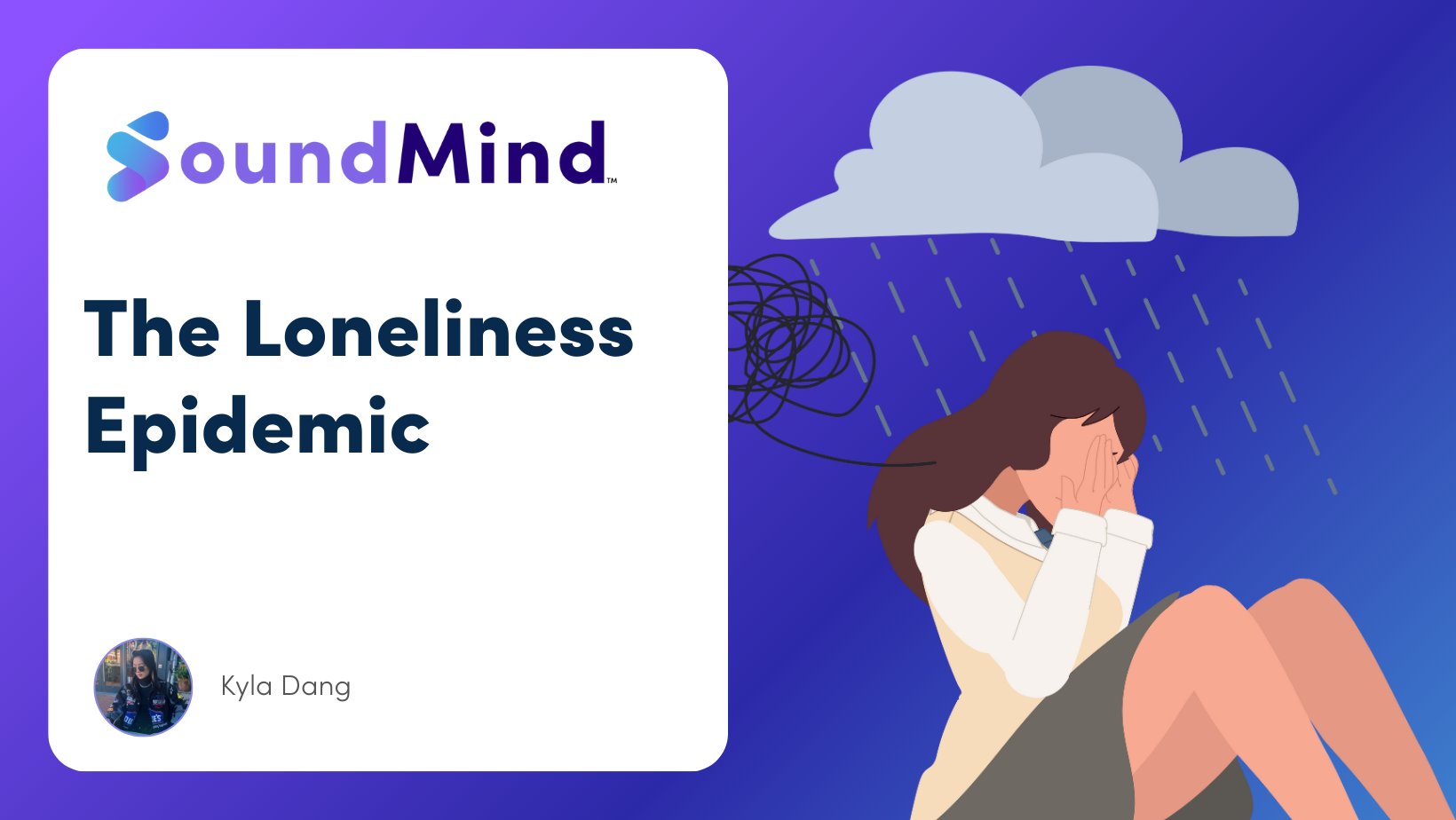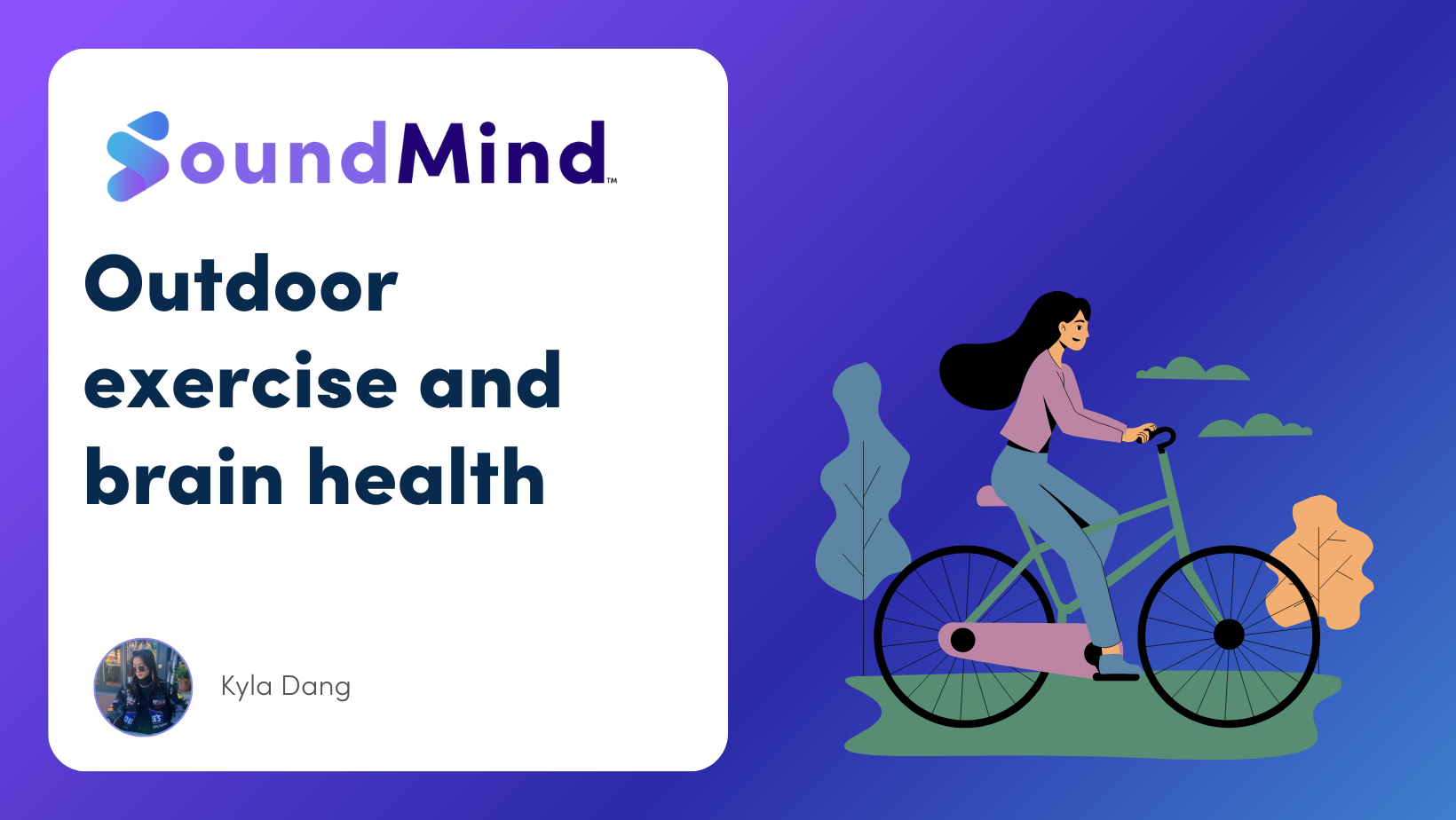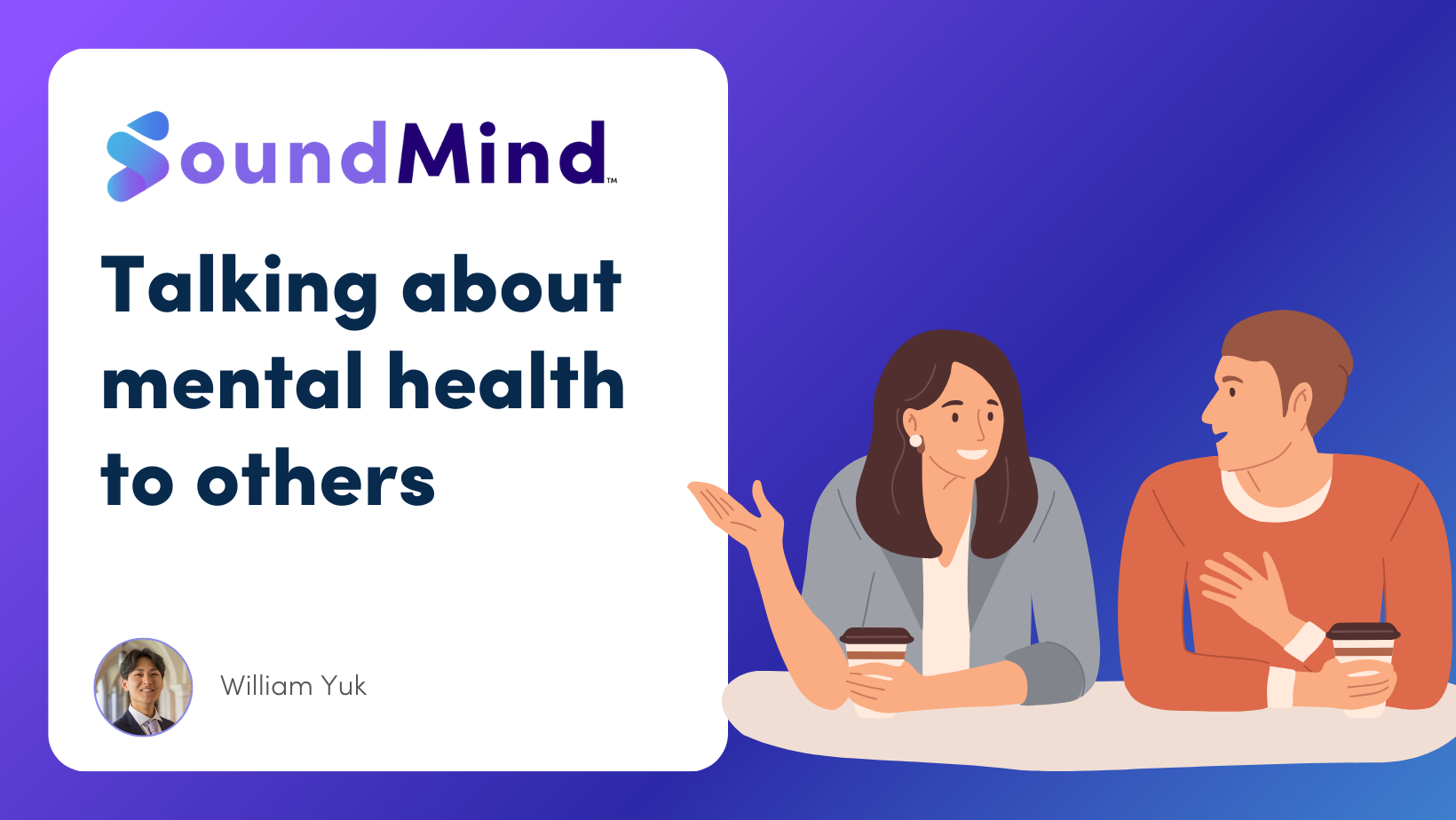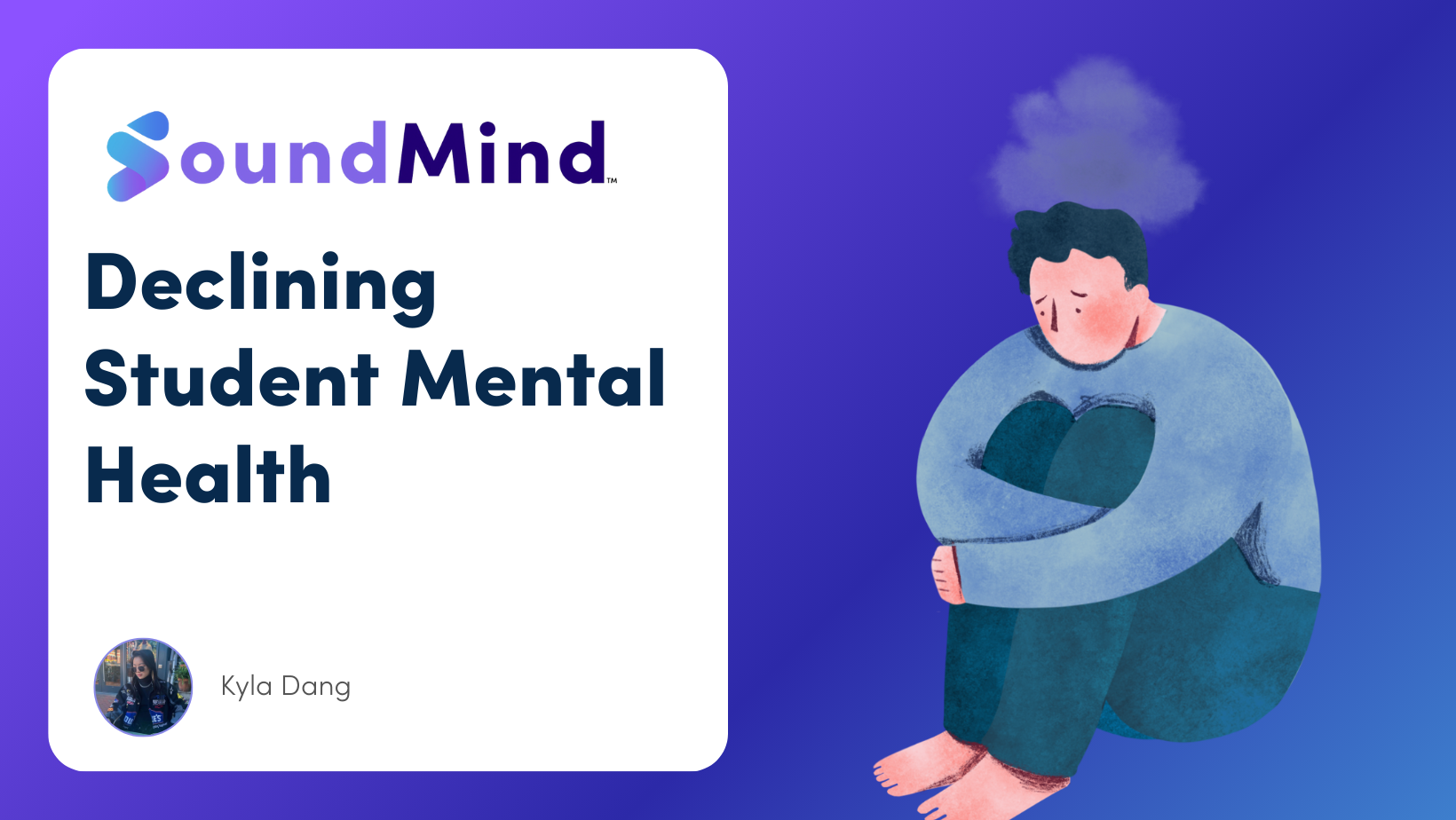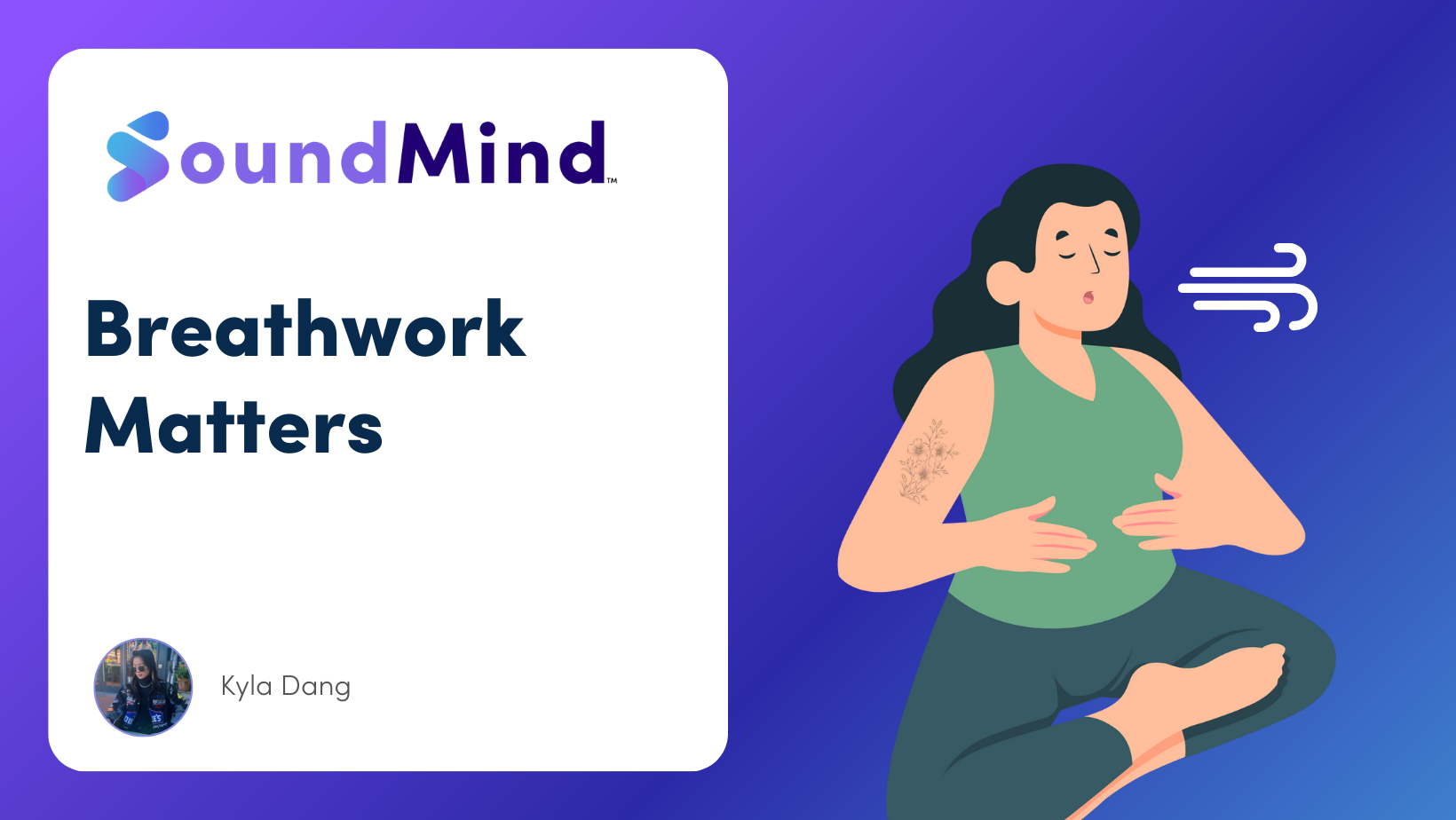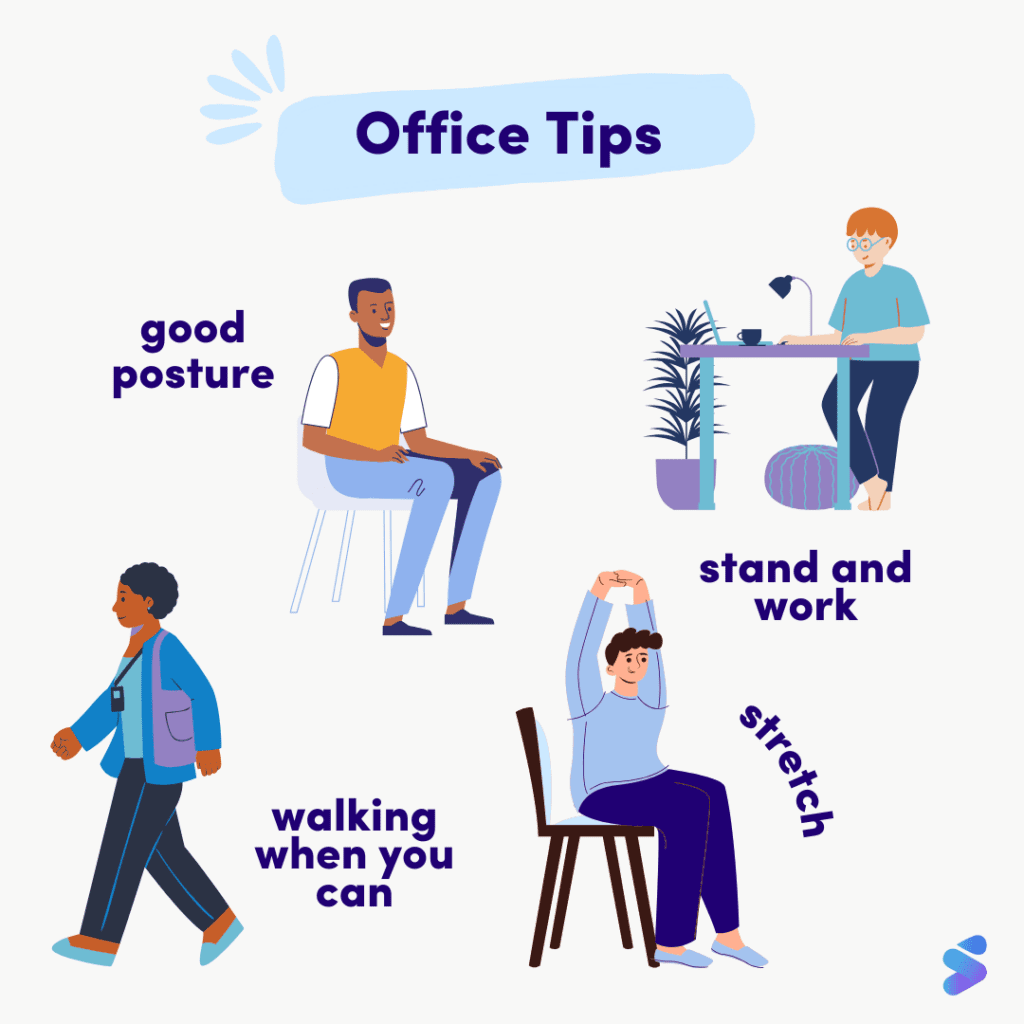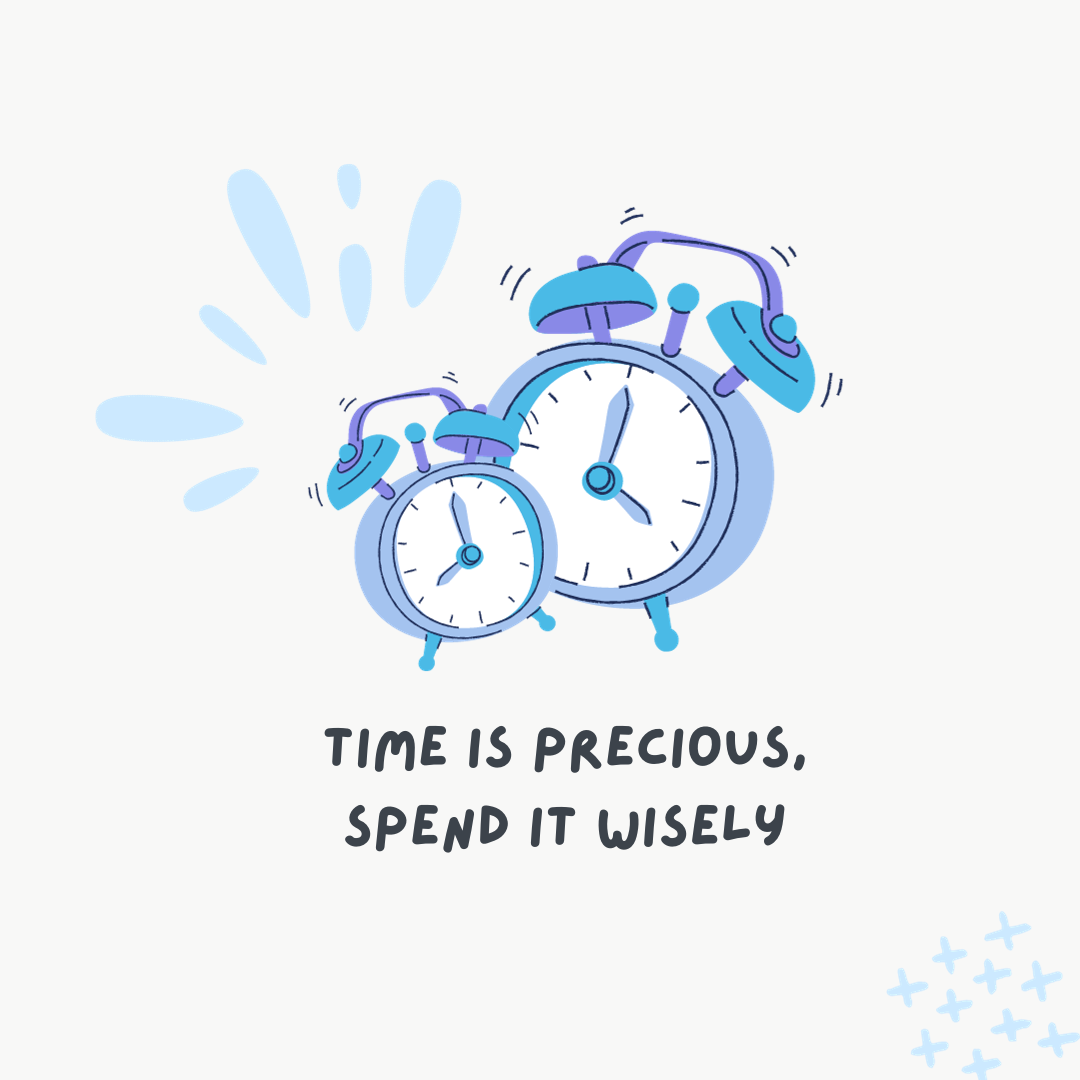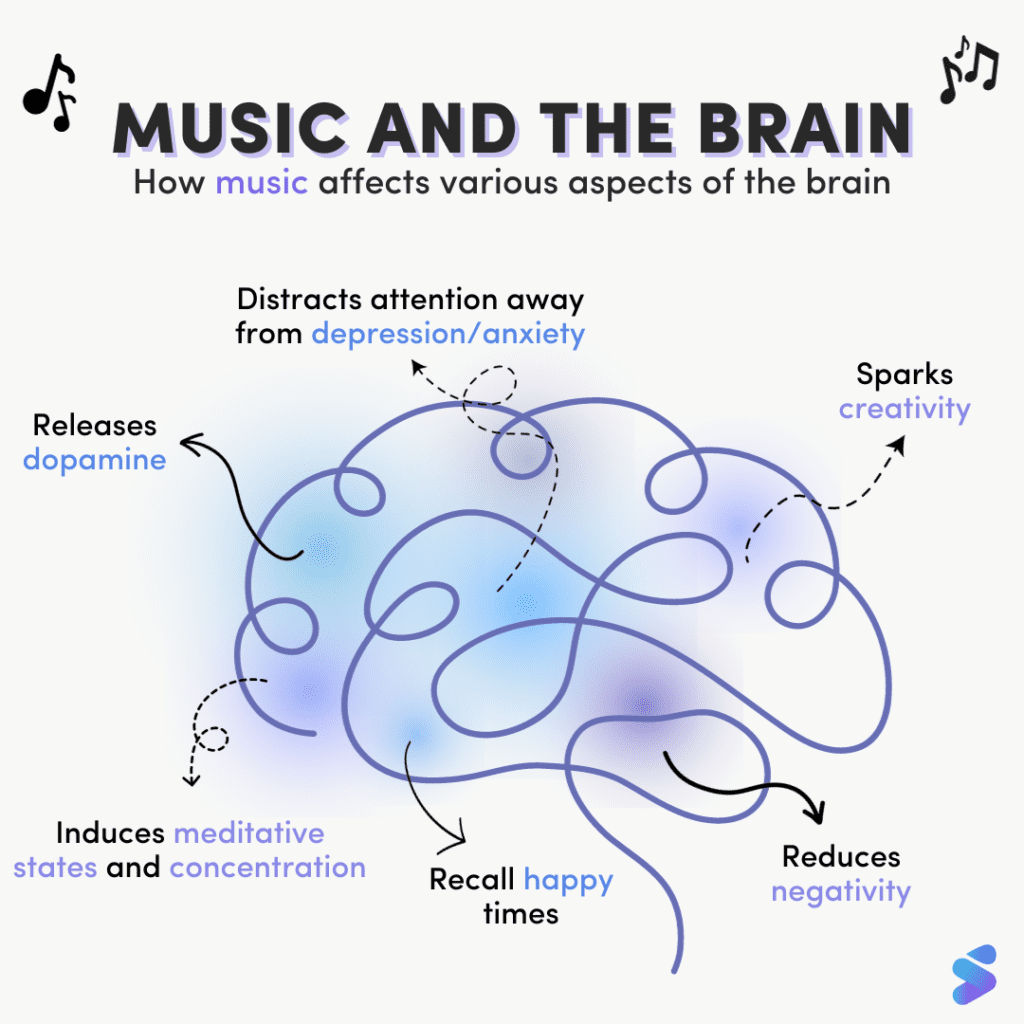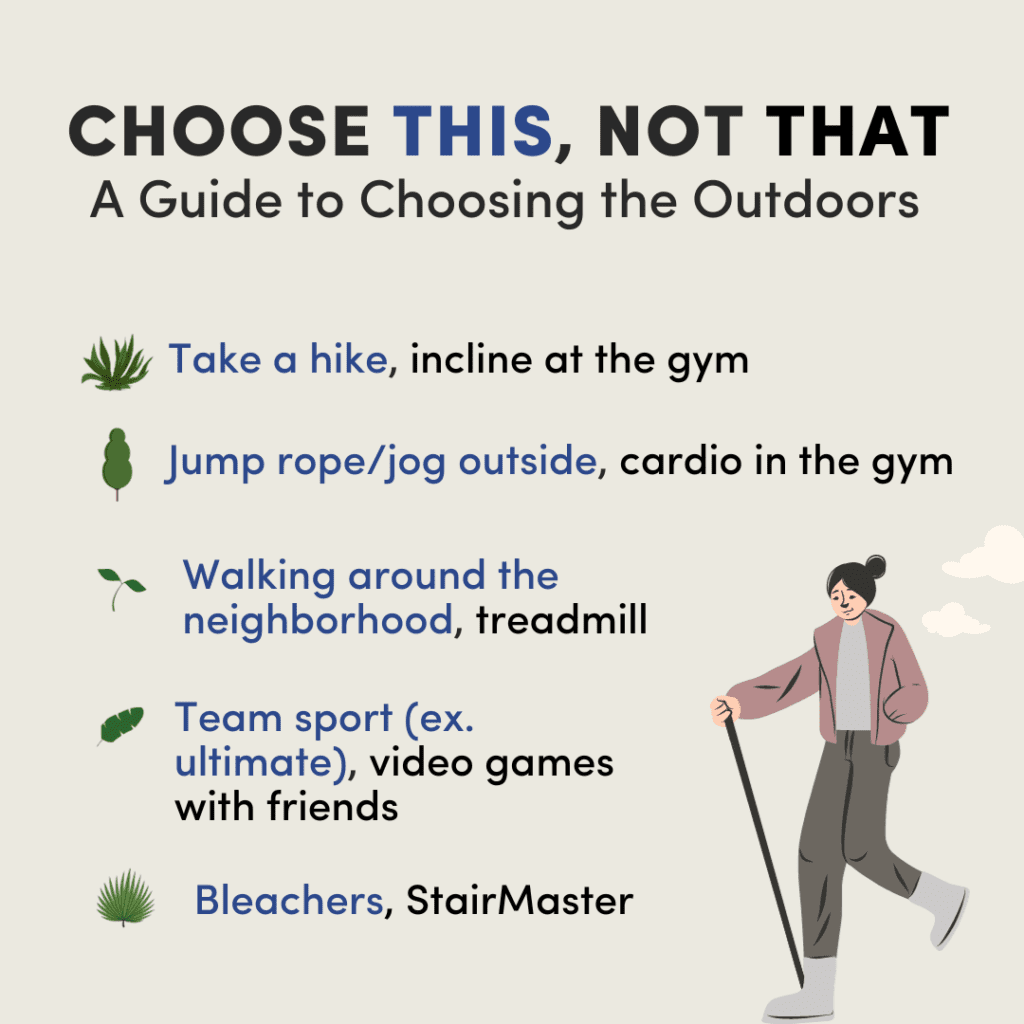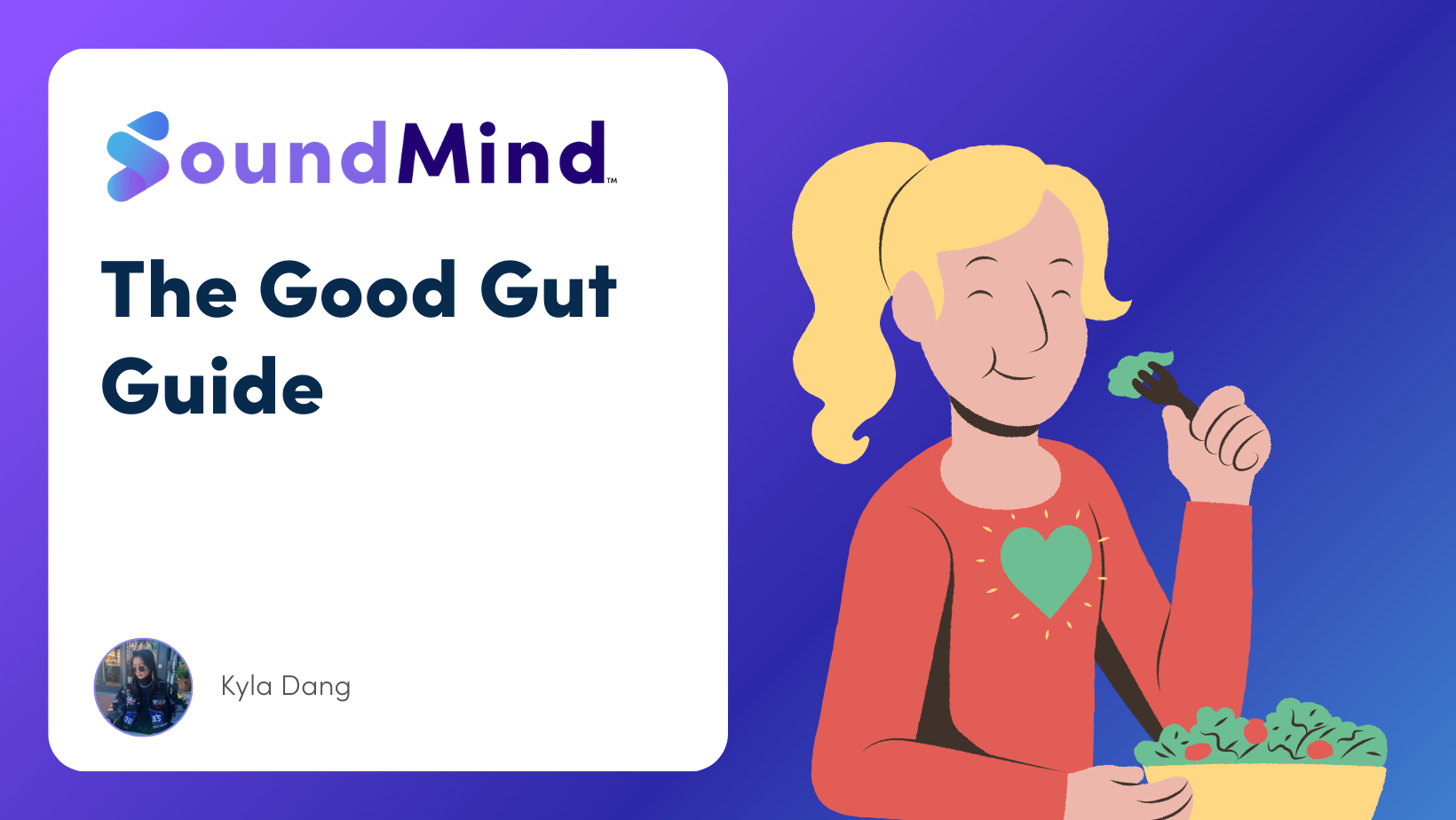The loneliness crisis is growing, spurred by a rise in being ‘chronically online’, the aftereffects of the COVID-19 pandemic, and increased reliance on virtual communication and social media. We are spending more time alone and engaged in solitary activities, leaving less time to socialize in-person with friends and family.
More ‘friends’, less ‘relationships’
The internet and social media facilitates us to talk to others in real-time, but it also may lend a false sense of connectedness among us. With the option to catch up with people over text, we lessen the priority and urgency to see them in person. Additionally, as we get older we have less opportunity to experience life together with friends… turning many hangouts into update talks and being less about activities done together.
Think about how it was in high school—you’d see your friends every day, go to school events, get lunch together, and learn in the classroom side-by-side. Everything you experienced was in tangent with at least one other person, bringing your connection to a comfortable friendship based on proximity, shared experience, and time together. But now? For many adults working a 40-hour week (or more), it takes effort to pencil in spending time together. You have to go out of your way to meet with someone, because it requires scheduling around your own responsibilities and while also giving yourself time to rest after work. Our friendships that were initially built off proximity and shared experience become something we actively have to seek out and nurture. Many of us cannot dedicate significant time anymore without falling behind on other aspects of our lives.
Lonely youth, lonely adults
In 2018, the average American spent ~11 hours a day on solitary activities (ex. watching TV, scrolling on social media). And less than half (43%) saw their friends, in-person, on a daily or weekly basis. In fact, during 2021, a survey found that time with friends decreased to ~2.75 hours/week, compared to 2013 levels of ~6.5 hours/week.
It comes at no surprise that 33% of people reported that they often or very often feel lonely (2018), with a 2019 study even suggesting that ~75% of adults feel moderate levels of loneliness.
However, youth are the ones that tend to feel the loneliest, with 40% of 16 to 24 year olds reporting regular feelings of loneliness. Lonely adolescents means lonely adults, which means that taking care of their socializing and mental health is more important than ever to prevent a worsening trend.
The tangible effects on a lonely body
Loneliness isn’t just a negative feeling—it can have profound effects on your physical self. According to US surgeon general Dr. Vivek Murthy, chronic loneliness is an ongoing ‘public health crisis’. The effects of loneliness can include:
- Increased risk of cognitive decline, cardiovascular disease, and death (by 26% in any given year).
- Can make people more sensitive to pain, suppress their immune system, diminish brain function, and disrupt sleep.
- A connection between loneliness and poorer health/self-care in youth.
- Increased reliance on negative stress coping strategies.
- Higher risk of poorer mental health levels.
- Lower levels of trust in others and lower expectations in a friendship.
Socializing is a fitness skill (dubbed ‘social fitness’) and has to be nurtured accordingly, just like physical and mental fitness.
The benefits of good ‘social fitness’
The Harvard Study of Adult Development—the longest in-depth longitudinal study still running—has collected over 2,000 individuals to participate over its 80+ year span. The most important takeaway: strong, healthy, close social relationships are the biggest factor in long-term health and happiness. Those that nurtured their close relationships and regularly socialized rated higher on overall health, happiness, mental health, and sense of community support. It goes to show that social fitness isn’t just an option—it’s an essential part of our holistic fitness.
Takeaway
Loneliness is affecting many of us, and it’s time to take social fitness seriously as we look inwards to nurture all aspects of our holistic health. Engaging in community activities (ex. wellness clubs, gym classes, community social events, shared hobbies, etc) can help us dial back the loneliness levels, in addition to also prioritizing in-person socializing. Although it can be difficult to make time for all these converging life responsibilities, socializing is worth the benefits—for your long-term physical and mental health.
Thank you for reading “Piece of Mind”! If you liked this post, share it with a friend and help us increase our positive impact on Gen-Z mental health 🙂
Subscribe to receive blog updates!

